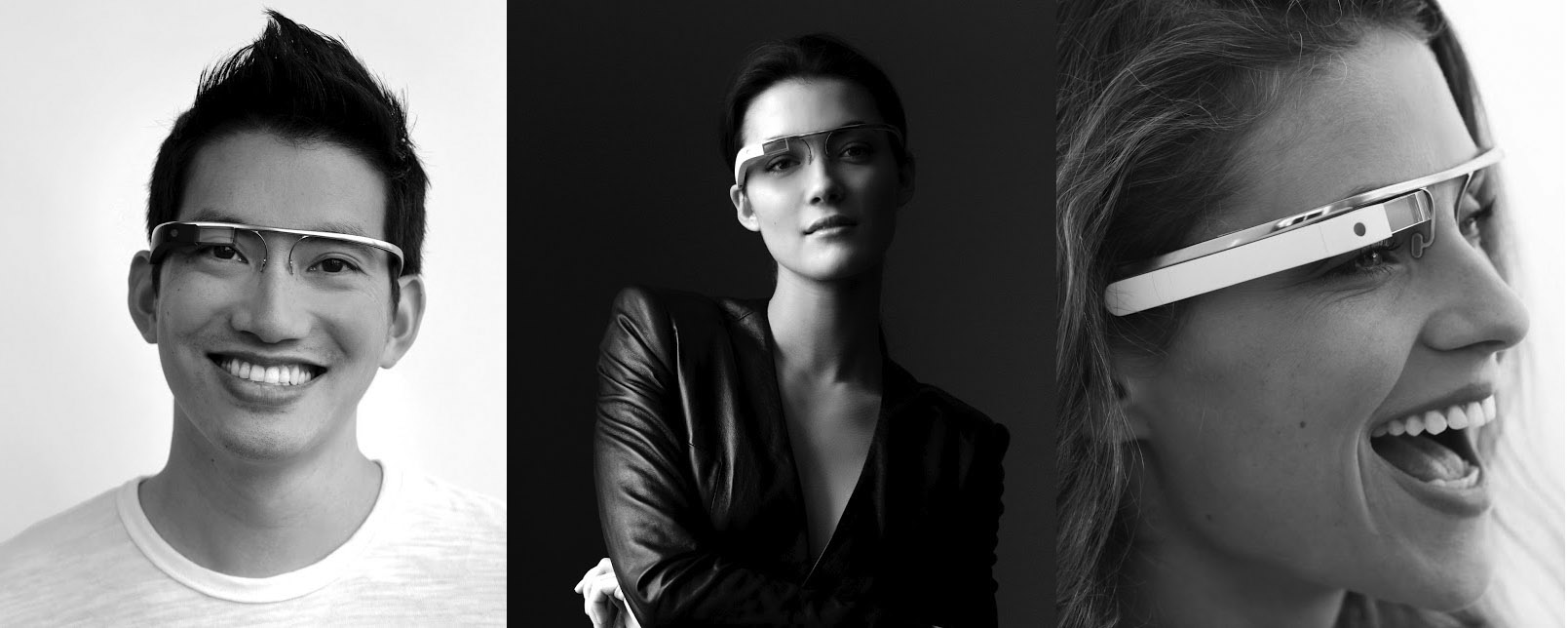Imagine window-shopping down Ste. Catherine on a crisp Sunday morning, when a stunning suit on display catches your eye. Beep! Brand: Arrow; Size: M; Price: $700—all this information pops up in front of your eyes in the flash of a second. This is the future of shopping, as Google envisions it, by introducing Glass.
Glass is a head-mounted, augmented reality display set developed by Google X Labs, which works on other futuristic projects, such as driverless cars. In simpler words, Glass is a pair of glasses that contain a computer, which can provide information about any object, viewed through the lens.
“Augmented reality”—a term used to describe a live view of a real world environment, whose elements are amplified by computer-generated information—is not a new idea. However, with Glass, there is a real possibility of this concept being integrated more into everyday use.
Glass has a minimalistic design. The glasses include a light titanium frame with lenses replaced by LED displays. This minimalism makes it easy to use Glass as daily wear, part of a technological trend currently referred to as “wearable computing.”
“[Glass is about] allow[ing] people to connect to others with images or video,” said Babak Parviz, head of the Google Glass project.
Parviz went on to explain that one of the primary goals of the project was to bring more of the “visual” to social computing.
With this technology come many advantages. From ‘Instagraming’ that delicious carpaccio at the local Italian restaurant without digging out your smartphone, to quickly accessing any information on the web through eye and motion gestures, Glass opens up new applications of computing.
But Glass is more than just a webcam mounted on trendy-looking glasses. With this fashion-oriented foray into wearable computing, Google has opened up a new platform to access and create social content in a manner relevant to the individual user.
In a world where online social networks are incredibly popular, Glass gives the consumer a new tool: a faster way to share life moments and ideas with friends. Unlike other social networking technologies, Glass allows others to view your experiences through the same lens as your own.
Google X Labs are exploring a new territory in terms of how users integrate information streams within the real-life context. It will be interesting to see how consumers will respond when this technology is released in 2014.
For a preview, Sergey Brin, CEO of Google, walked down the catwalk with celebrated fashion designer Diane von Furstenberg in her show in New York for her Spring 2013 line, sporting these brightly coloured glasses. Diane’s models wore them on the ramp, and recorded the show through their perspective in a video called “DVF through Glass.”
TIME magazine also listed Glass as one of the “Best Inventions of 2012,” alongside other scientific marvels like the Mars Curiosity Rover.
However, with all this excitement buzzing around Glass, it is important to take a step back. There are a few drawbacks to this project, which are not quite as evident at first glance.
Having a display screen so close to the eyes for extensive periods of time can strain the optic nerves, and such harmful effects have yet to be properly investigated. Besides, with the constant bombardment of technology today, switching off for a while is not a bad idea.
Yet, with the advent of this kind of wearable computing, it might become even harder to go offline.
“Here’s where human behaviour comes in,” Christopher Rims from the MIT Technology Review explained. “We are really bad at ignoring distractions that are at hand. And the more accessible they are, the more addictive and distracting they can become.”








